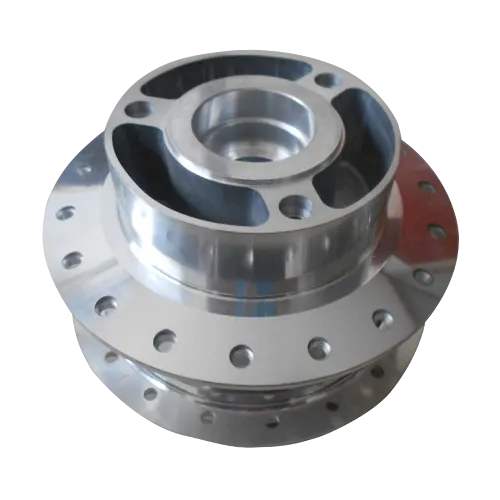Mobile:+86-311-808-126-83
Email:info@ydcastings.com
stainless steel casting alloys
Stainless Steel Casting Alloys An Overview
Stainless steel casting alloys are pivotal materials in the fields of engineering and manufacturing, known for their exceptional corrosion resistance, strength, and versatility. These alloys are primarily composed of iron, chromium, and varying amounts of other elements such as nickel, molybdenum, and manganese, which enhance their properties and functionality.
One of the most significant features of stainless steel casting alloys is their resistance to rust and corrosion. The presence of chromium, typically at levels of at least 10.5%, forms a passive layer of chromium oxide on the surface. This layer protects the underlying metal from environmental factors that would otherwise lead to degradation, making stainless steel an ideal choice for applications in harsh conditions, such as in chemical processing plants, marine environments, and medical equipment.
Among the different types of stainless steel casting alloys, austenitic stainless steels, which include grades such as 304 and 316, are the most widely used
. These alloys are characterized by their high ductility and toughness, coupled with excellent weldability. The addition of nickel in austenitic alloys enhances their resistance to cryogenic temperatures and improves their formability, making them suitable for complex shapes and designs.stainless steel casting alloys

Martensitic stainless steels, on the other hand, such as 410 and 420, are known for their high strength and hardness. These alloys can be heat-treated to achieve specific mechanical properties, making them suitable for applications that require wear resistance, such as turbine blades and surgical instruments. The trade-off, however, is that martensitic stainless steels generally have lower corrosion resistance compared to their austenitic counterparts.
Another category of stainless steel casting alloys is ferritic stainless steels, which possess a body-centered cubic (BCC) structure. These alloys, including grades like 430, are less ductile but offer good resistance to stress corrosion cracking and are less expensive to produce. They are often used in automotive applications, kitchens, and appliances.
The casting process for stainless steel alloys involves melting and pouring the alloy into molds to form desired shapes. This method allows for intricate designs while maintaining the material's integrity and performance. Advances in casting techniques, such as investment casting and sand casting, have further improved the quality and precision of stainless steel castings.
In conclusion, stainless steel casting alloys are integral to many industries due to their remarkable properties. Their ability to withstand corrosion, coupled with high strength and versatility, make them a preferred choice for a wide range of applications. Continuous advancements in alloy compositions and casting technologies promise to further expand their usability and performance in the future.
-
Understanding Metal Casting TechniquesNewsApr.02,2025
-
Understanding Exhaust Manifolds for Enhanced Engine PerformanceNewsApr.02,2025
-
The World of Metal FabricationNewsApr.02,2025
-
Key Components for Pump and Turbo EfficiencyNewsApr.02,2025
-
Essential Tools for Automotive Maintenance and RepairNewsApr.02,2025
-
Durable Valve Components for Effective Water ManagementNewsApr.02,2025











